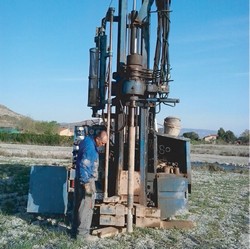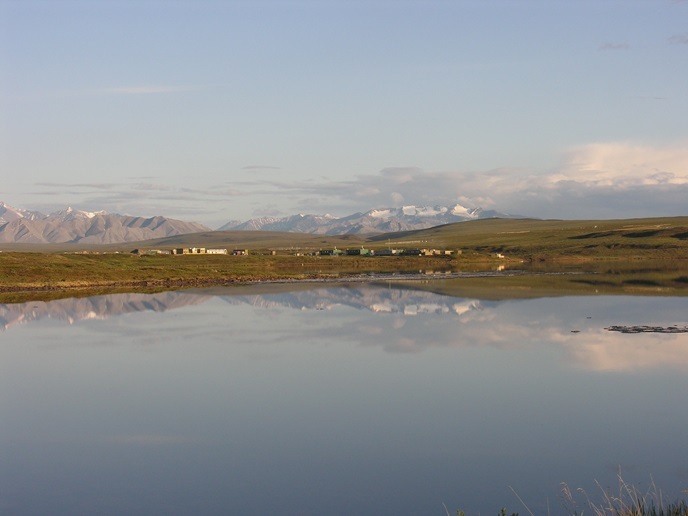Economic and cultural effects of prehistoric climate change between the Mesolithic-Bronze Age
The EU-funded project PRETM(opens in new window) (Prehistoric transitions in the Mediterranean: Cultural and economic responses to climate change during the Mesolithic-Bronze Age) explored the Villena basin because of its close proximity to archaeological sites ranging from the Mesolithic to the Bronze Age. Three cores were extracted from the Villena Lagoon and one core from Casa Corona, an inter-dune depression pond. Multi-proxy, grain-size, magnetic susceptibility and pollen analysis identified a 20 000-year record of complex catchment processes and vegetation dynamics. They were associated with fluctuating climate and human activity, which occurred much later. The results showed strong sensitivity to small changes in the hydrological budget, affecting both the composition of the surrounding vegetation and the lake-biota. At the onset of the Holocene a significant increase in wetness, as indicated by the geochemical and mineral results, would have caused an increase in nutrient input into the lake, causing algal blooms. Vegetation analysis showed a general decline in Pine forests and increase in mesophilic woodland. A major age reversal was recorded during the Preboreal Age, which appears to have been caused by shoreline erosion during periods of fluctuating aridity. Several aridity events were recorded, which would have had a profound impact on hunter-gatherers living in the region at the time. In addition to aridity fluctuations, after around 10 000 years ago a general trend towards increasing dryness occurred, possibly due to increasing solar insolation and evaporation. This process may have been accelerated by the arrival of the first farmers around 7500 cal BP. Increases in groundwater supply particularly between 6000-3000 years ago may have also been influenced by anthropogenic clearance given that the surrounding environment had become drier. The sensitivity of salt lakes to small hydrological changes was also highlighted, revealing that human impact had a pronounced effect. This was particularly the case in more recent times, since the drainage of the lake caused the complete disappearance of woodlands and the aquatic ecosystem, as well as a pronounced rise in scrubland. A complete loss of habitat correlated with a landscape that is more susceptible to erosion, aridification and fire. Furthermore, drainage affected groundwater supply and perhaps increased the precipitation of salts, thereby affecting land suitable for agriculture. PRETM results have been presented at international conferences. Moreover, two publications exploring the socio-economic and environmental significance are set for completion. By understanding how environments have responded to climate change in the past as well as the effects of human interaction PRETM will help contribute to better management strategies in the future.







